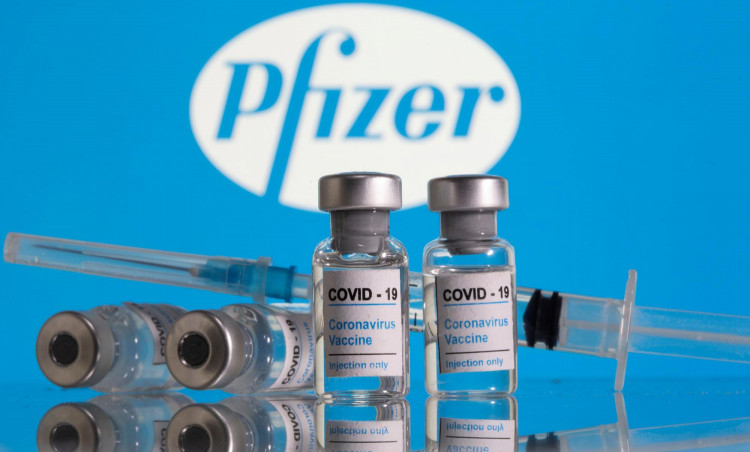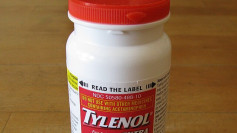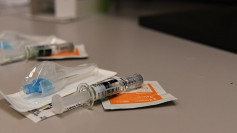A new peer-reviewed study out of Turkey has raised questions about potential ocular side effects of the Pfizer-BioNTech COVID-19 vaccine, finding measurable structural changes to the cornea in patients who received both doses of the mRNA shot. The findings, published in the journal Ophthalmic Epidemiology, come amid renewed scrutiny over adverse effects associated with COVID-19 vaccines.
Researchers evaluated 64 individuals-128 eyes total-using advanced imaging tools including Sirius corneal topography and Tomey EM-4000 specular microscopy. Measurements taken before vaccination and 75 days after the second Pfizer dose revealed a 2% increase in corneal thickness (from 528 to 542 micrometers), an 8% decline in average endothelial cell density (from 2,597 to 2,378 cells/mm²), and increased variability in cell size and shape.
"The endothelium should be closely monitored in those with a low endothelial count or who have had a corneal graft," the authors cautioned in their paper.
The endothelium is the inner-most layer of the cornea, responsible for maintaining corneal clarity by pumping out excess fluid. Loss or dysfunction of these cells, which do not regenerate, can lead to vision-impairing conditions like corneal edema or bullous keratopathy.
While no participants in the study reported impaired vision during the short follow-up period, researchers warned that the observed changes may signal stress or inflammation in the cornea. If persistent, such changes could result in blurry vision or, in severe cases, permanent damage-especially in individuals with preexisting ocular vulnerabilities.
- Key Data from the Study:
- Corneal thickness increased: +2%
- Endothelial cell count decreased: -8%
- Hexagonally shaped cells dropped from 50% to 48%
- Coefficient of variation in cell size rose from 39 to 42
The scientists emphasized that the study does not recommend against vaccination but urges monitoring for at-risk groups, including those with prior eye surgery, Fuchs' dystrophy, or corneal grafts.
The findings add to a growing list of rare side effects linked to mRNA vaccines. In May, the U.S. Food and Drug Administration expanded warning labels on Pfizer and Moderna shots to include myocarditis and pericarditis, particularly in males aged 16 to 25.
"Healthy endothelial cells are usually shaped like hexagons, which allows them to fit together tightly, like a honeycomb," the researchers wrote. "When cells die, nearby cells stretch to fill the gaps, leading to bigger differences in size."
They added that although the two-month post-vaccination period may not fully capture long-term effects, the observed trends were unlikely to be due to random anomalies.
Each participant underwent full ophthalmic evaluation, including vision acuity tests, intraocular pressure checks, and scans of the eye's anterior and posterior segments. Researchers said follow-up studies are required to determine whether these structural changes are temporary or progressive.






